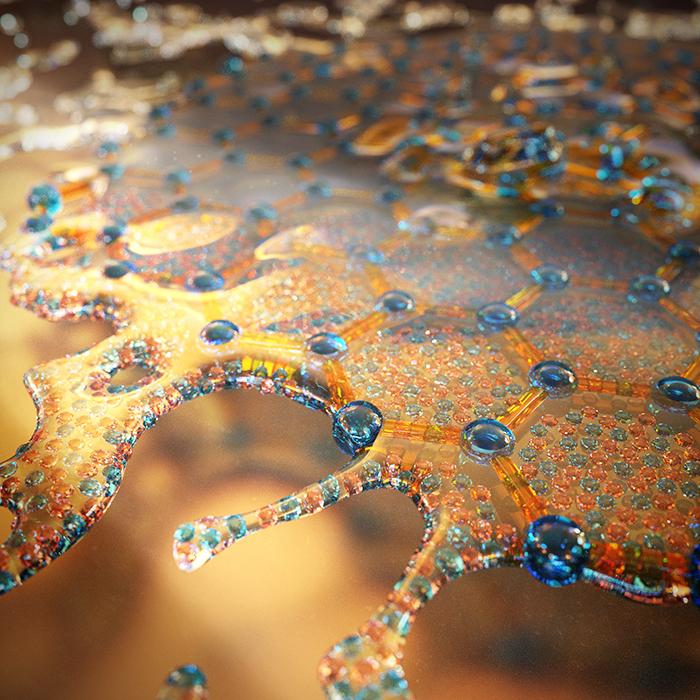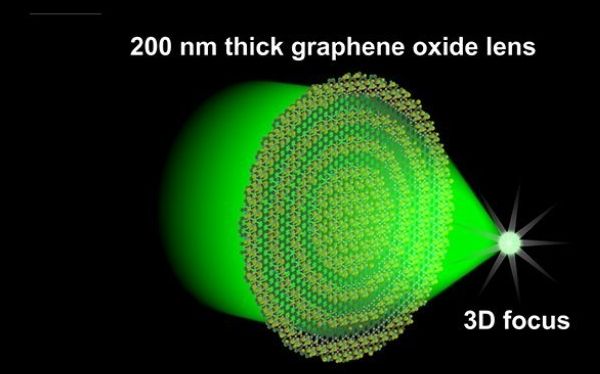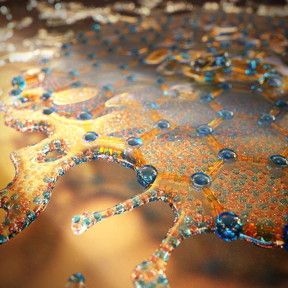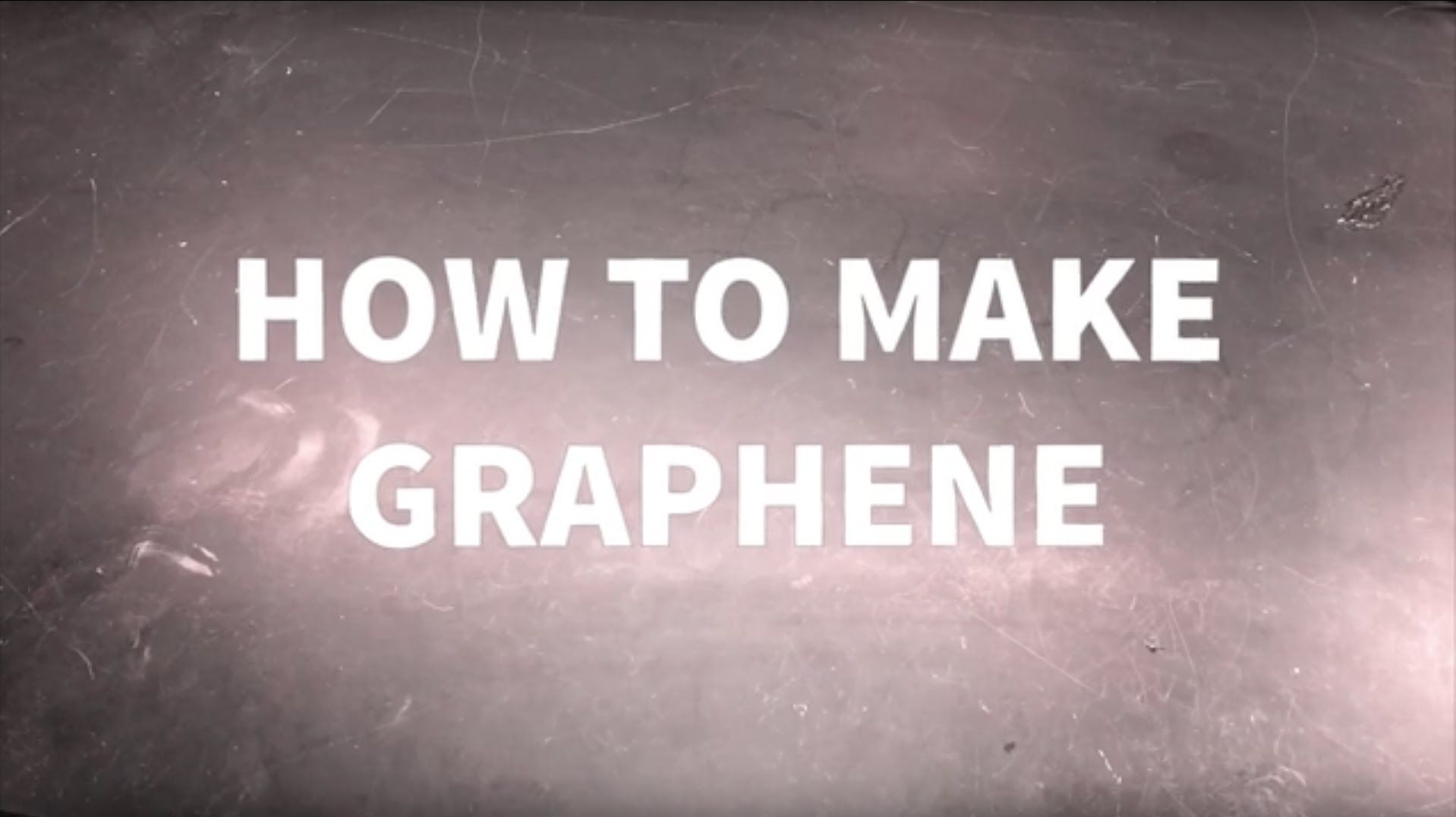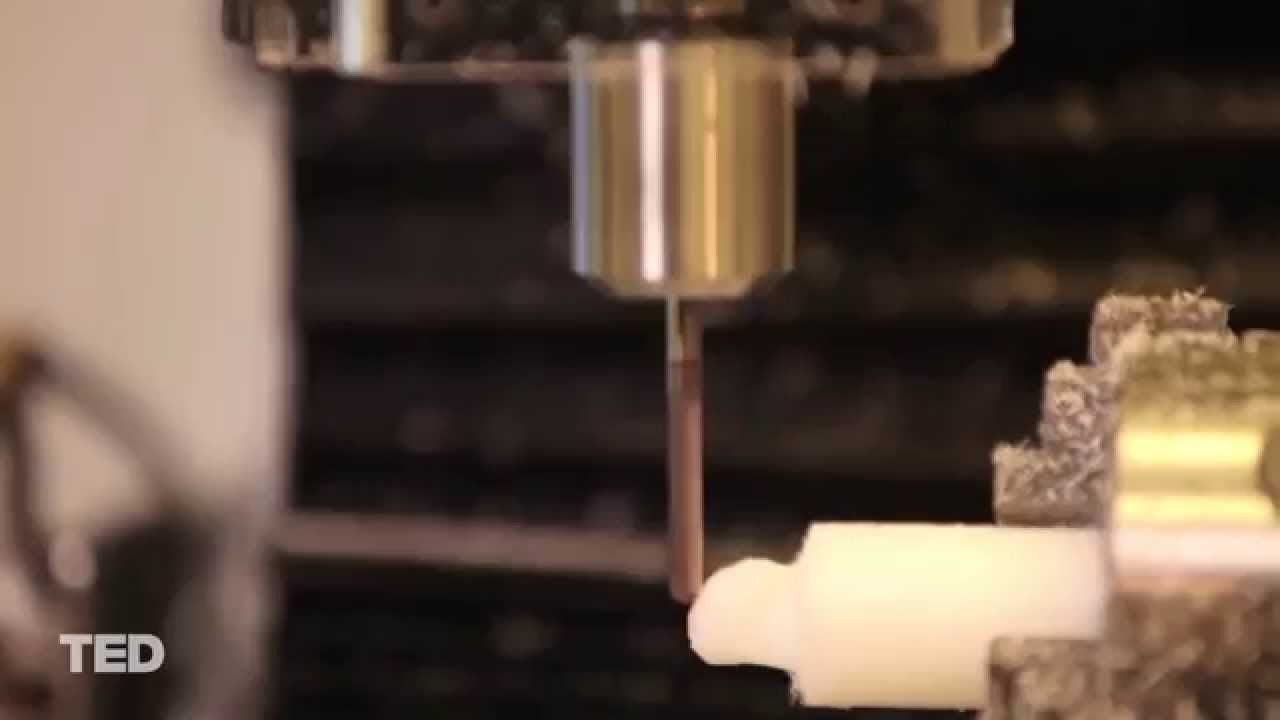Feb 17, 2016
Whitewood Encryption Systems Announces the Awarding of a Third Patent Arising From Los Alamos National Laboratory Technology Transfer
Posted by Karen Hurst in categories: encryption, internet, materials, quantum physics
I have mentioned in my previous posts about the Quantum Internet work that Los Alamos has been leading; today Los Alamos has been awarded a patent on their Quantum Communication (QC) Optical Fiber.
Whitewood received a Notice of Allowance for a patent application that addresses issues that arise when employing quantum communications techniques to share cryptographic material over fiber networks.
ArcPoint Strategic Communications.




